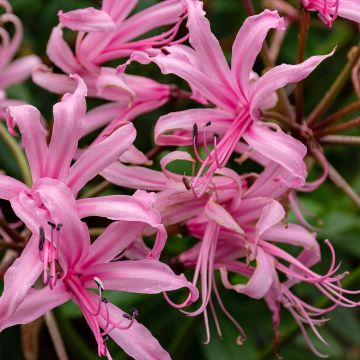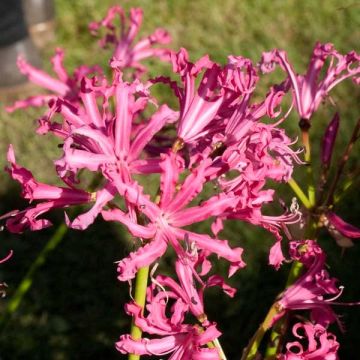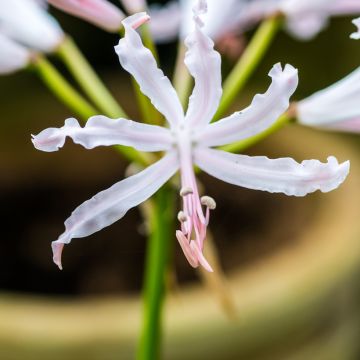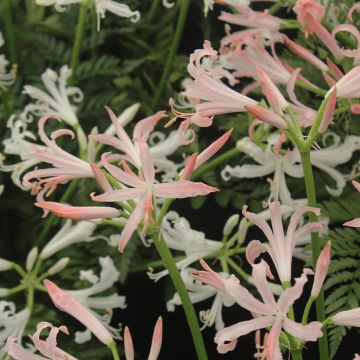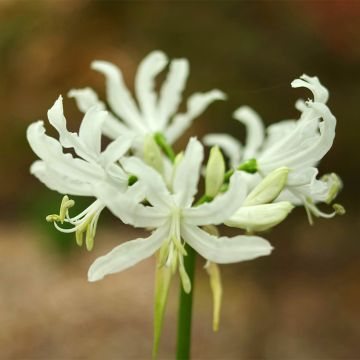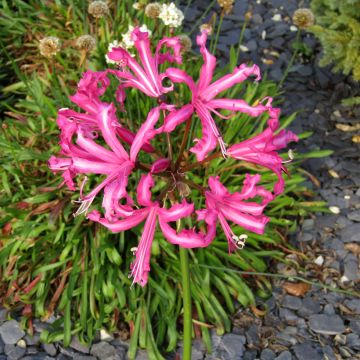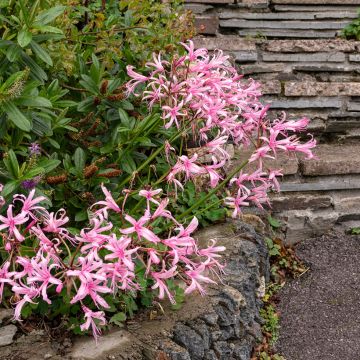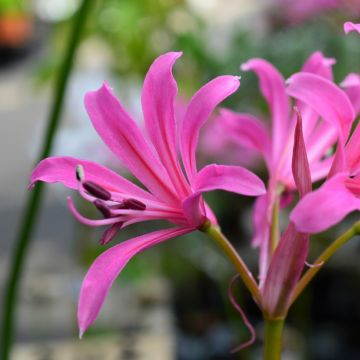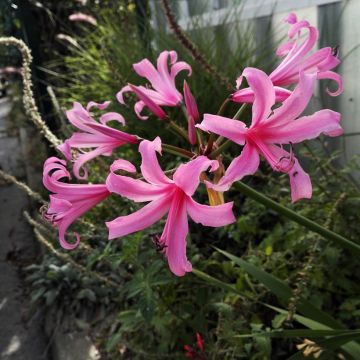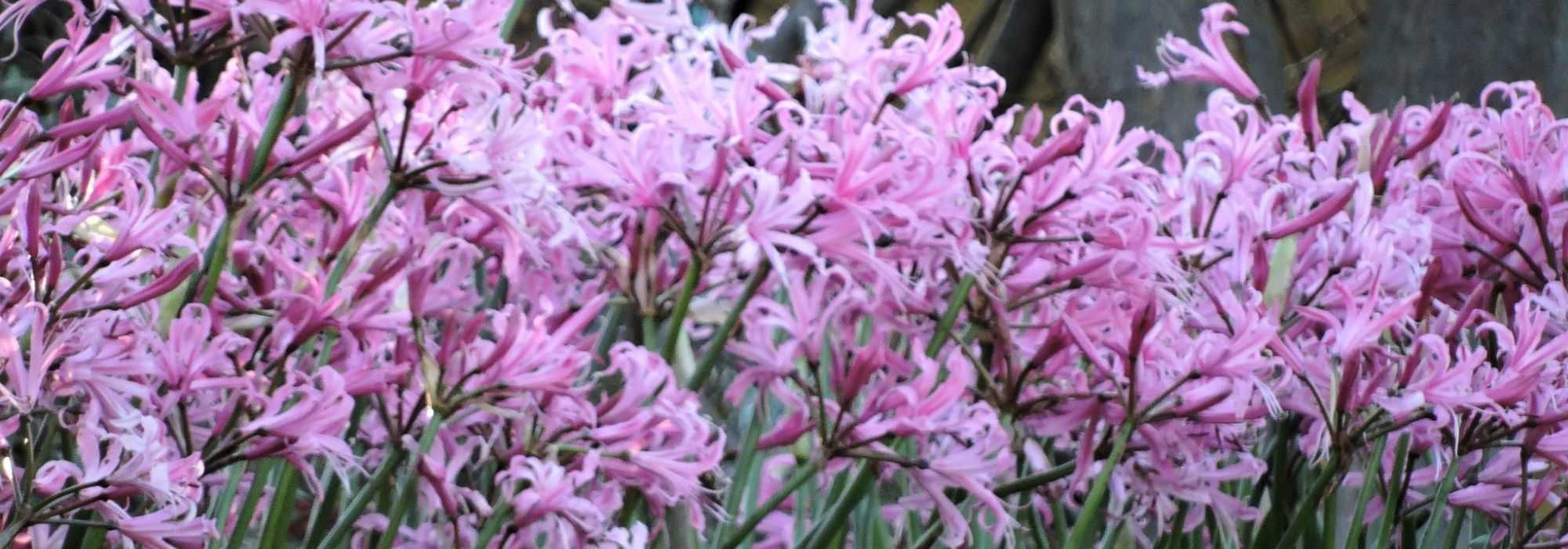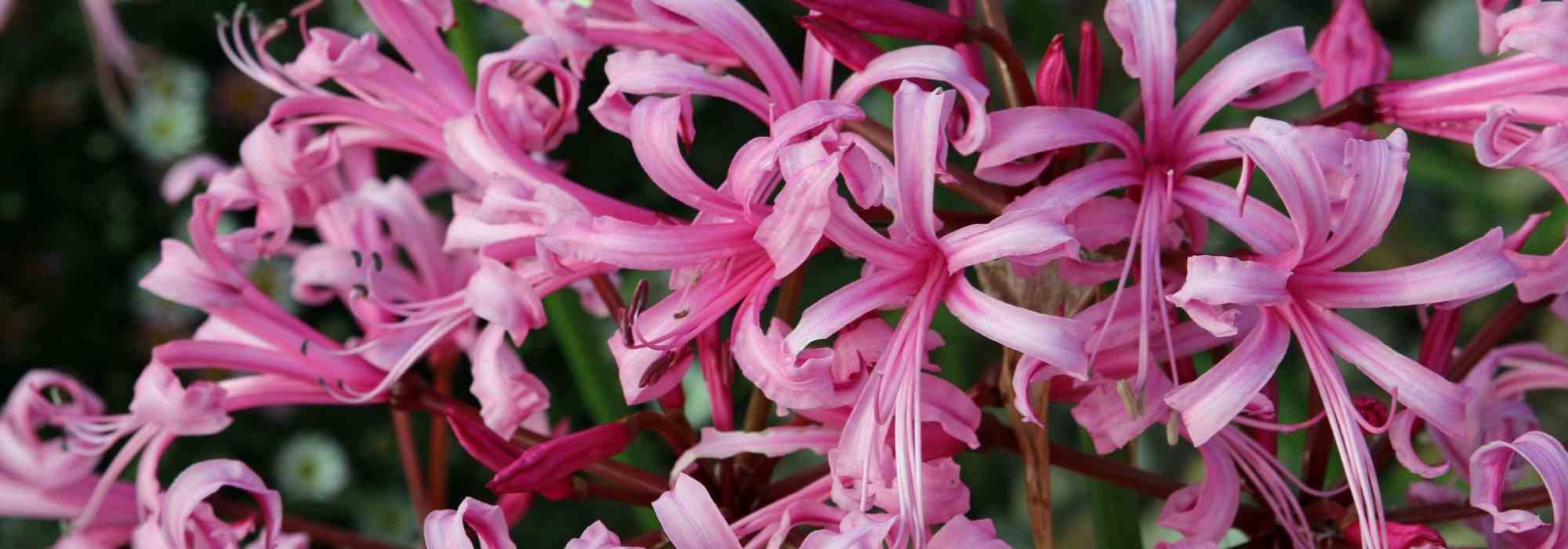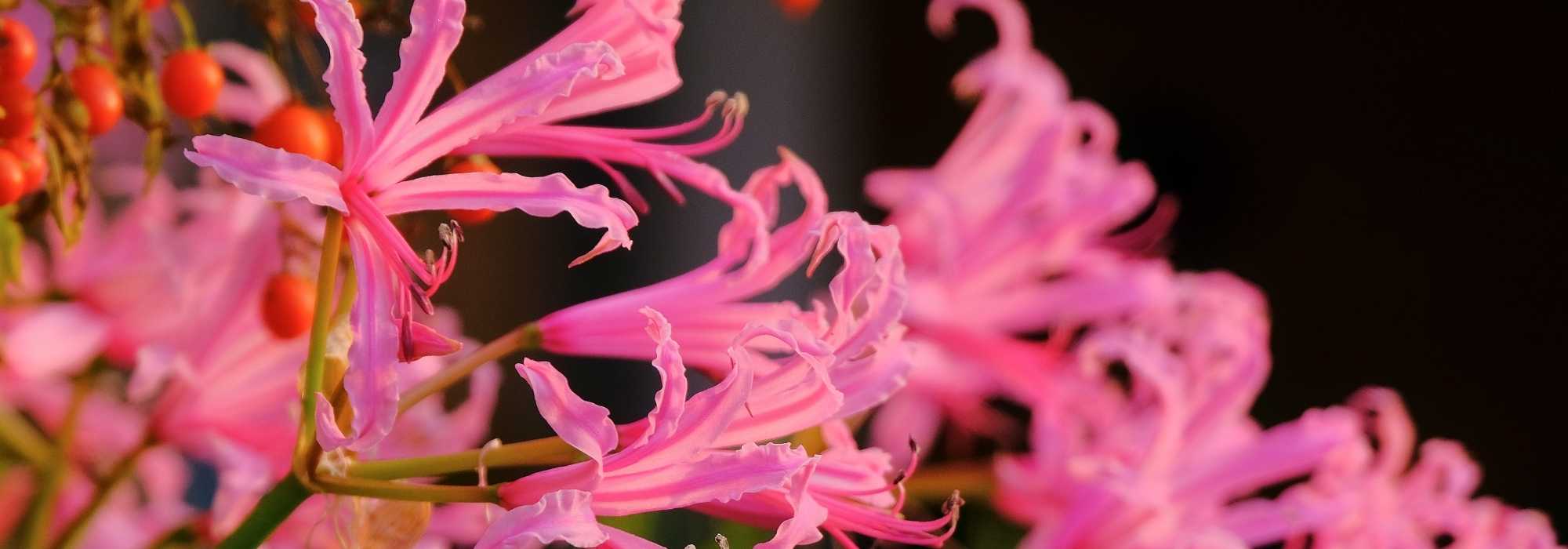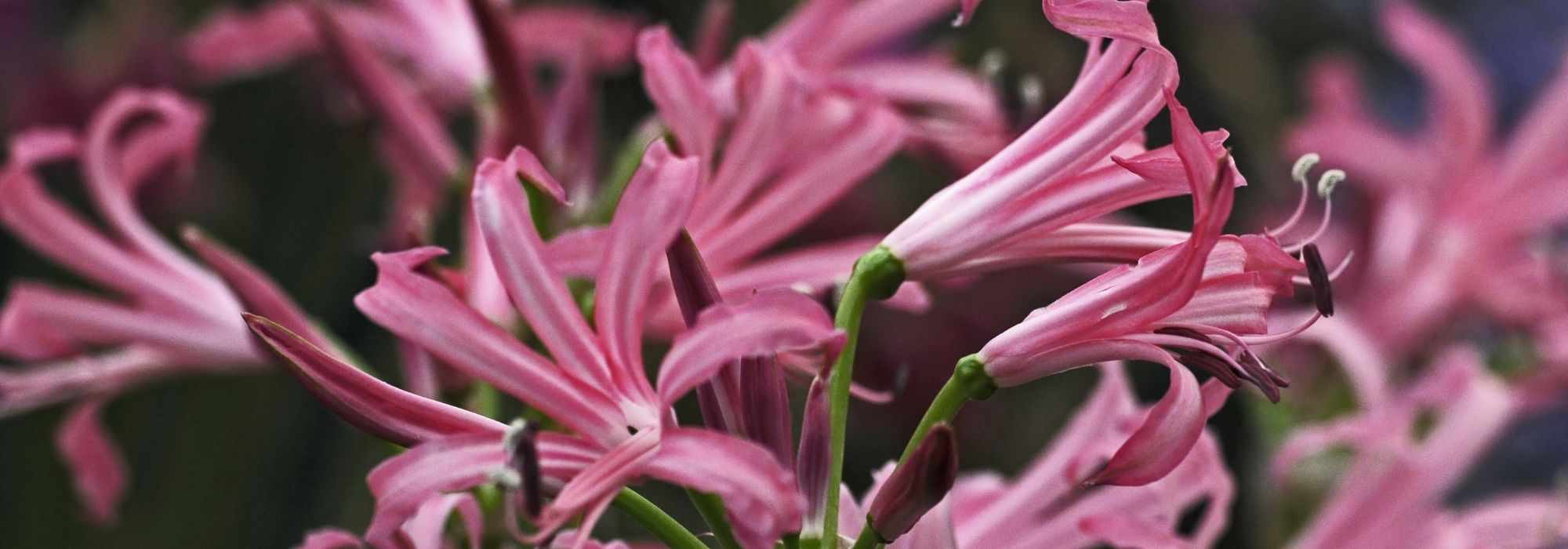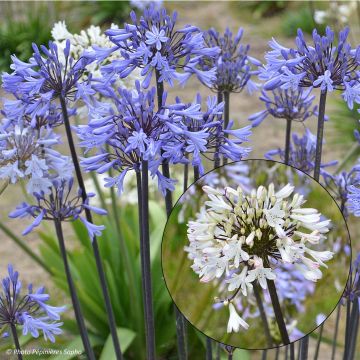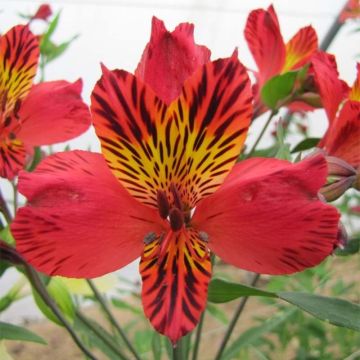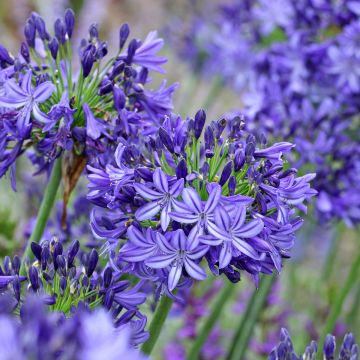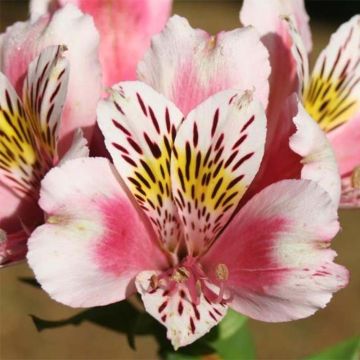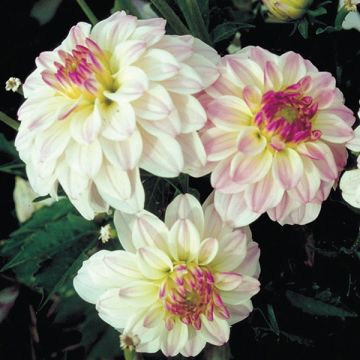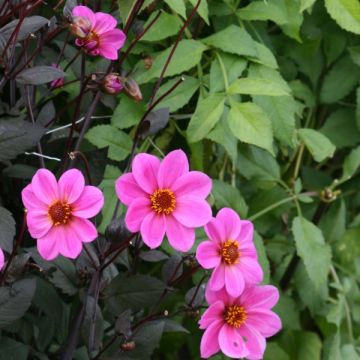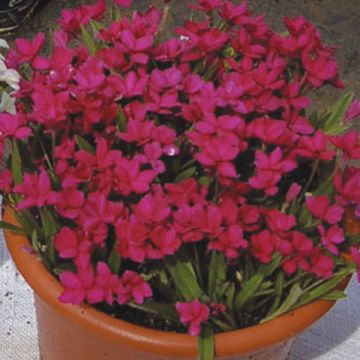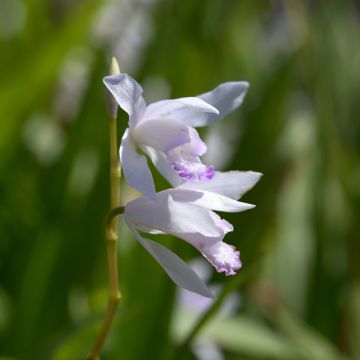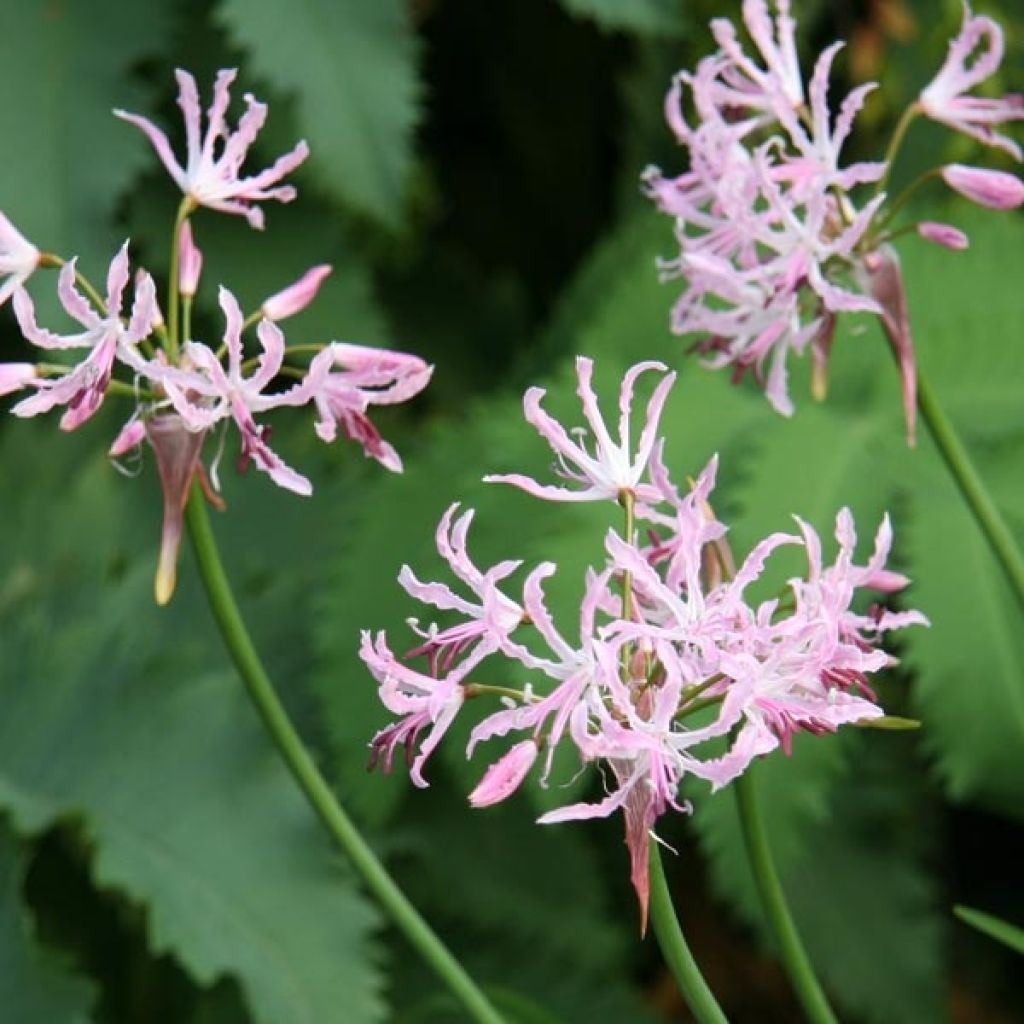

Nerine undulata - Nérine ondulée
Nerine undulata
Nerine undulata
Wavy Nerine
Perfect bulbs that have perfectly recovered! However, the blooming is extremely late!
vincent, 12/09/2023
Special offer!
Receive a €20 voucher for any order over €90 (excluding delivery costs, credit notes, and plastic-free options)!
1- Add your favorite plants to your cart.
2- Once you have reached €90, confirm your order (you can even choose the delivery date!).
3- As soon as your order is shipped, you will receive an email containing your voucher code, valid for 3 months (90 days).
Your voucher is unique and can only be used once, for any order with a minimum value of €20, excluding delivery costs.
Can be combined with other current offers, non-divisible and non-refundable.
Why not try an alternative variety in stock?
View all →This plant carries a 6 months recovery warranty
More information
We guarantee the quality of our plants for a full growing cycle, and will replace at our expense any plant that fails to recover under normal climatic and planting conditions.

Does this plant fit my garden?
Set up your Plantfit profile →
Description
Nerine undulata is less well-known than its cousin Nerine bowdenii. it is a South African bulbous plant whose flowers have delicate, pale pink, finely wavy petals. They are arranged in small clusters on long stems and stand out well from the foliage, in October and November. This species is almost evergreen, its foliage briefly disappears at the end of flowering and then regrows and can withstand temperatures as low as -6 to -8°C. Its lovely pale pink colour expands the range of colours in the garden in autumn. In our opinion, it has one of the most beautiful and longest flowering periods for this season. It will flower in a large pot on a sunny terrace for nearly two months. It is also a generous border plant in a Mediterranean garden.
Nerines are bulbous plants native to South Africa belonging to the Amaryllidaceae family. Nerine undulata (synonyms N. crispa N. pulchella), also known as the Undulate Nerine, naturally grows on partially shaded slopes to the east of the Cape Province in South Africa. Each bulb produces several flowering stems of 45 cm (18in) in height from October onwards, earlier or later depending on the climate. At the end of each stem, an umbel with a diameter of 5-6 cm (2in), composed of 8 to 12 thin, wavy-edged, slightly translucent, pale pink flowers. A cluster of prominent stamens occupies the centre of each flower. The ribbon-like leaves, about 15 cm (6in) long and 1 cm (0in) wide, emerge from the ground after flowering. They persist almost all year round, except in November. In severe summer drought, the foliage dries up, regrows in September, and will survive the winter. The bulb has a short period of rest during and just after flowering. Nerine bulbs do not flower every year. It is therefore a good idea to plant them in groups of 12 to ensure flowers every year. This plant multiplies over time by producing bulblets and likes to grow in dense groups. Its bulb should not be buried too deeply.
Nerines make excellent cut flowers, with excellent vase life. In southern regions, they can be planted alongside other South African bulbs such as Tulbaghia, Agapanthus and Amaryllis belladonna in flower beds. All these plants can be used as focal points on a terrace, in an exotic or contemporary style. Elsewhere, plant them in a large pot on a sunny terrace in summer and store the pot over winter.
Note: Nerines are sensitive to polluted urban atmospheres.
Nerine undulata in pictures
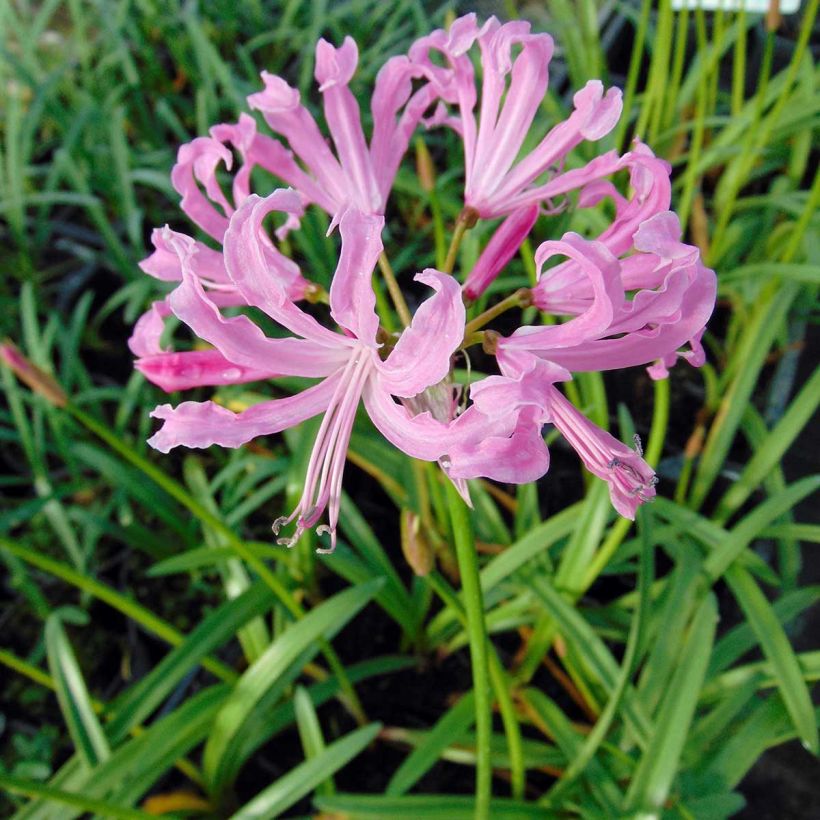

Plant habit
Flowering
Foliage
Botanical data
Nerine
undulata
Amaryllidaceae
Wavy Nerine
South Africa
Planting and care
Nerine undulata performs very well in the Mediterranean region in light and well-drained, sandy soils, in partial shade in the afternoon. However, in colder regions, it is better to grow it in pots and store it away at the first frost, as it is only moderately hardy and particularly sensitive to winter wet combined with freezing temperatures. In the Mediterranean zone, the foliage remains in winter and can withstand temperatures as low as -6°C (21.2°F) without being damaged.
Plant in groups of 12 to ensure flowers every year as a nerine bulb does not necessarily flower every year.
Planting period
Intended location
Care
Planting & care advice
-
, onOrder confirmed
Reply from on Promesse de fleurs
Similar products
Haven't found what you were looking for?
Hardiness is the lowest winter temperature a plant can endure without suffering serious damage or even dying. However, hardiness is affected by location (a sheltered area, such as a patio), protection (winter cover) and soil type (hardiness is improved by well-drained soil).

Photo Sharing Terms & Conditions
In order to encourage gardeners to interact and share their experiences, Promesse de fleurs offers various media enabling content to be uploaded onto its Site - in particular via the ‘Photo sharing’ module.
The User agrees to refrain from:
- Posting any content that is illegal, prejudicial, insulting, racist, inciteful to hatred, revisionist, contrary to public decency, that infringes on privacy or on the privacy rights of third parties, in particular the publicity rights of persons and goods, intellectual property rights, or the right to privacy.
- Submitting content on behalf of a third party;
- Impersonate the identity of a third party and/or publish any personal information about a third party;
In general, the User undertakes to refrain from any unethical behaviour.
All Content (in particular text, comments, files, images, photos, videos, creative works, etc.), which may be subject to property or intellectual property rights, image or other private rights, shall remain the property of the User, subject to the limited rights granted by the terms of the licence granted by Promesse de fleurs as stated below. Users are at liberty to publish or not to publish such Content on the Site, notably via the ‘Photo Sharing’ facility, and accept that this Content shall be made public and freely accessible, notably on the Internet.
Users further acknowledge, undertake to have ,and guarantee that they hold all necessary rights and permissions to publish such material on the Site, in particular with regard to the legislation in force pertaining to any privacy, property, intellectual property, image, or contractual rights, or rights of any other nature. By publishing such Content on the Site, Users acknowledge accepting full liability as publishers of the Content within the meaning of the law, and grant Promesse de fleurs, free of charge, an inclusive, worldwide licence for the said Content for the entire duration of its publication, including all reproduction, representation, up/downloading, displaying, performing, transmission, and storage rights.
Users also grant permission for their name to be linked to the Content and accept that this link may not always be made available.
By engaging in posting material, Users consent to their Content becoming automatically accessible on the Internet, in particular on other sites and/or blogs and/or web pages of the Promesse de fleurs site, including in particular social pages and the Promesse de fleurs catalogue.
Users may secure the removal of entrusted content free of charge by issuing a simple request via our contact form.
The flowering period indicated on our website applies to countries and regions located in USDA zone 8 (France, the United Kingdom, Ireland, the Netherlands, etc.)
It will vary according to where you live:
- In zones 9 to 10 (Italy, Spain, Greece, etc.), flowering will occur about 2 to 4 weeks earlier.
- In zones 6 to 7 (Germany, Poland, Slovenia, and lower mountainous regions), flowering will be delayed by 2 to 3 weeks.
- In zone 5 (Central Europe, Scandinavia), blooming will be delayed by 3 to 5 weeks.
In temperate climates, pruning of spring-flowering shrubs (forsythia, spireas, etc.) should be done just after flowering.
Pruning of summer-flowering shrubs (Indian Lilac, Perovskia, etc.) can be done in winter or spring.
In cold regions as well as with frost-sensitive plants, avoid pruning too early when severe frosts may still occur.
The planting period indicated on our website applies to countries and regions located in USDA zone 8 (France, United Kingdom, Ireland, Netherlands).
It will vary according to where you live:
- In Mediterranean zones (Marseille, Madrid, Milan, etc.), autumn and winter are the best planting periods.
- In continental zones (Strasbourg, Munich, Vienna, etc.), delay planting by 2 to 3 weeks in spring and bring it forward by 2 to 4 weeks in autumn.
- In mountainous regions (the Alps, Pyrenees, Carpathians, etc.), it is best to plant in late spring (May-June) or late summer (August-September).
The harvesting period indicated on our website applies to countries and regions in USDA zone 8 (France, England, Ireland, the Netherlands).
In colder areas (Scandinavia, Poland, Austria...) fruit and vegetable harvests are likely to be delayed by 3-4 weeks.
In warmer areas (Italy, Spain, Greece, etc.), harvesting will probably take place earlier, depending on weather conditions.
The sowing periods indicated on our website apply to countries and regions within USDA Zone 8 (France, UK, Ireland, Netherlands).
In colder areas (Scandinavia, Poland, Austria...), delay any outdoor sowing by 3-4 weeks, or sow under glass.
In warmer climes (Italy, Spain, Greece, etc.), bring outdoor sowing forward by a few weeks.































